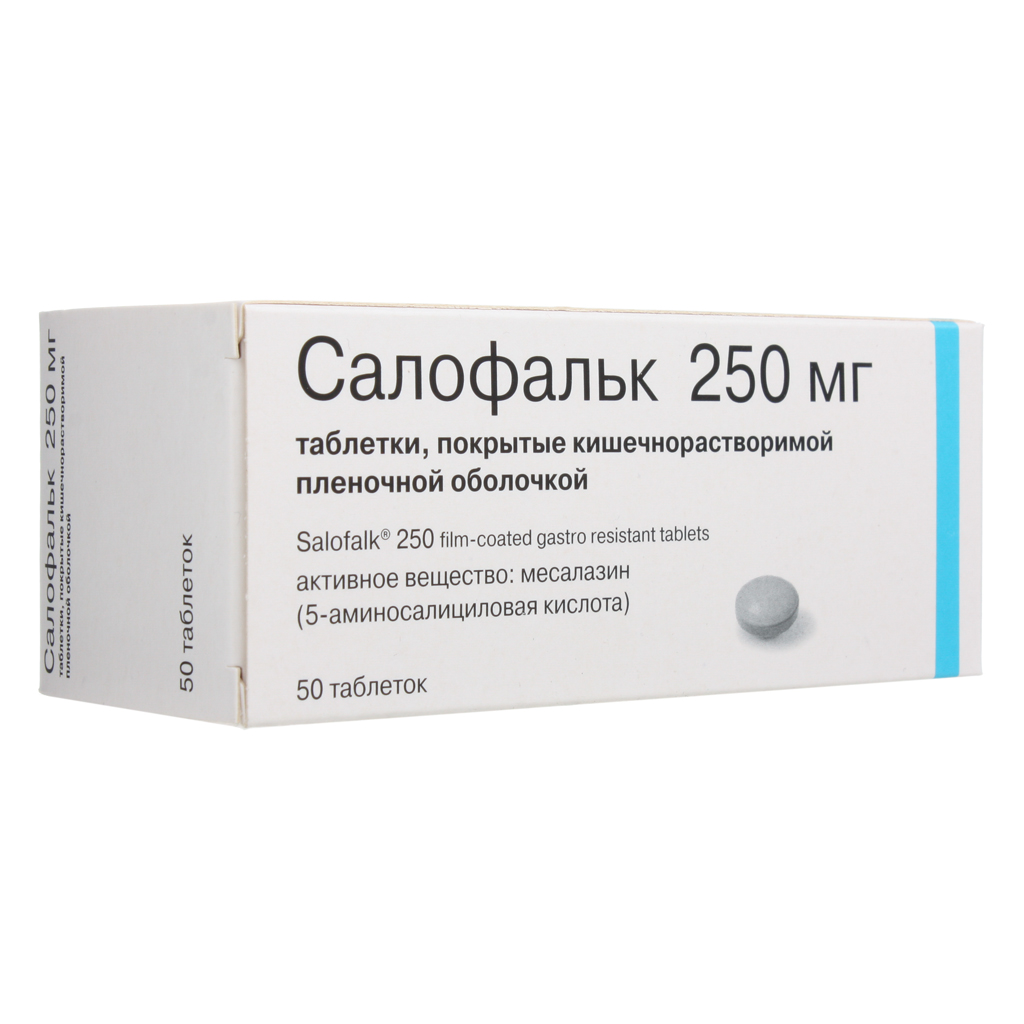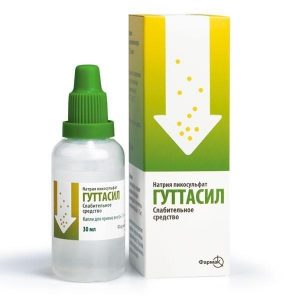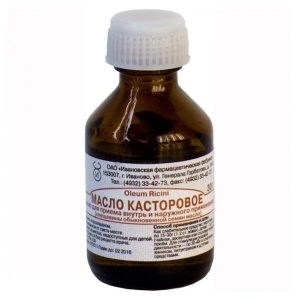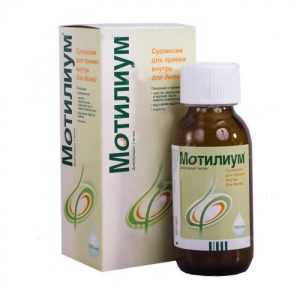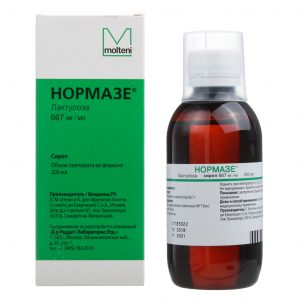Description
Latin name
Salofalk
packaging 50 pcs
Pharmacological action
Salofalk – anti-inflammatory.
Pharmacodynamics
It has a local anti-inflammatory effect due to inhibition of cyclooxygenase and the synthesis of PG and leukotrienes. Slows down migration, degranulation, phagocytosis of neutrophils, as well as the secretion of immunoglobulins by lymphocytes. It has an antioxidant effect (due to the ability to bind to free oxygen radicals and destroy them). Mesalazine can also trap radicals formed from reactive oxygen compounds. Results from in vitro studies indicate a potential role for lipoxygenase inhibition. The effect on the content of GHG in the intestinal mucosa was also shown. When taken orally, mesalazine has a predominantly local effect in the intestinal mucosa and submucosal layer, acting from the side of the intestinal lumen. Therefore, it is important that mesalazine is available in the area of inflammation. The ratio of systemic bioavailability and plasma concentration of mesalazine is not significant in terms of therapeutic efficacy, but rather serves as a factor affecting safety. Ensuring the release of the active substance in the right place helps that Salofalk granules are resistant to gastric juice and are pH-dependent (due to the coating in the form of Eudrajit L) and slow (due to the matrix structure of the granules) release of mesalazine.
Indications
Nonspecific ulcerative colitis Crohn’s disease (prevention, treatment of exacerbations).
Contraindications
hypersensitivity to drug components and other salicylic acid derivatives
blood disease
gastric ulcer and duodenal ulcer
glucose-6-phosphate dehydrogenase deficient senile chronic disease
Precautions: pregnancy (I trimester), renal / hepatic insufficiency of mild to moderate severity, lung disease (especially bronchial asthma).
Use during pregnancy and lactation
In pregnancy, suspected pregnancy, planning a pregnancy, while breastfeeding, consult your doctor. The drug should not be used in the last 4 weeks of pregnancy.
Salofalk can be used during pregnancy only in cases where the potential benefit of its use to the mother outweighs the potential risk to the fetus.
When breast-feeding, rectal forms of the drug should not be used – the active substance and its metabolites can pass into breast milk. If necessary, the appointment of Salofalk during lactation should decide on the termination of breastfeeding.
Composition
1 tablet contains:
Active ingredient: mesalazine 250 mg
Excipients: sodium carbonate MCC povidone croscarmellose silicon glycine dioxide colloidal calcium stearate
Shell: methacrylic acid and methacrylate copolymer 1: 1 talc macrogol titanium dioxide hypromellose iron dye yellow oxide yellow (E172).
Dosage and administration
The drug is used strictly as directed by a doctor.
Inside, whole, without chewing, after eating, drinking plenty of water.
Adults – 500 mg (2 tablets of 250 mg or 1 tablet of 500 mg) 3 times a day. In severe forms of the disease, the dose can be increased to 3-4 g / day for a period of 8-12 weeks.
For the prevention of relapse, the drug is prescribed 500 mg (2 tablets of 250 mg or 1 tablet of 500 mg) 3 times a day, if necessary, for several years.
For children. With a body weight of up to 40 kg, half the daily dose for adults is prescribed (1 tablet 250 mg 3 times a day), more than 40 kg is the daily dose for adults (2 tablets of 250 mg or 1 tablet of 500 mg) 3 times a day.
For the prevention of relapse, the drug is prescribed 250 mg 3 times a day, if necessary for several years.
In distal forms of ulcerative colitis, preferably rectal administration of the drug in the form of suppositories or enemas.
Side effects of
From the gastrointestinal tract: diarrhea, nausea, abdominal pain, flatulence, loss of appetite, vomiting, increased levels of liver enzymes in the blood, hepatitis.
From the side of the central nervous system: headache, depression, dizziness, sleep disturbance, malaise, paresthesia, cramps, tremors, tinnitus.
Hypersensitivity reactions: skin rash, itching, erythema, fever, bronchospasm, pericarditis and myocarditis, acute pancreatitis, interstitial nephritis, nephrotic syndrome. Individual cases of allergic alveolitis and pancolitis have been observed. Under certain conditions, mesalazine and drugs that have a similar chemical structure can lead to the development of a syndrome similar to systemic lupus erythematosus syndrome.
Other side effects: rarely – tachycardia, arterial hypertension or hypotension, chest pain, shortness of breath myalgia, arthralgia. In some cases, there was observed proteinuria, hematuria, crystalluria, oliguria, anuria, anemia, leukopenia, agranulocytosis, thrombocytopenia, hypoprothrombinemia, a decrease in the production of lacrimal fluid, alopecia.
Overdose
Symptoms: nausea, vomiting, weakness, drowsiness.
Treatment: symptomatic therapy.
Storage conditions
In the dark place at a temperature of no higher than 25 ° C.
Shelf suitability
3 Year
Deystvuyuschee substances
mesalazane
pharmacy leave with prescriptions
dosage form
dosage form
tablets
Dr. Falyk, Germany
